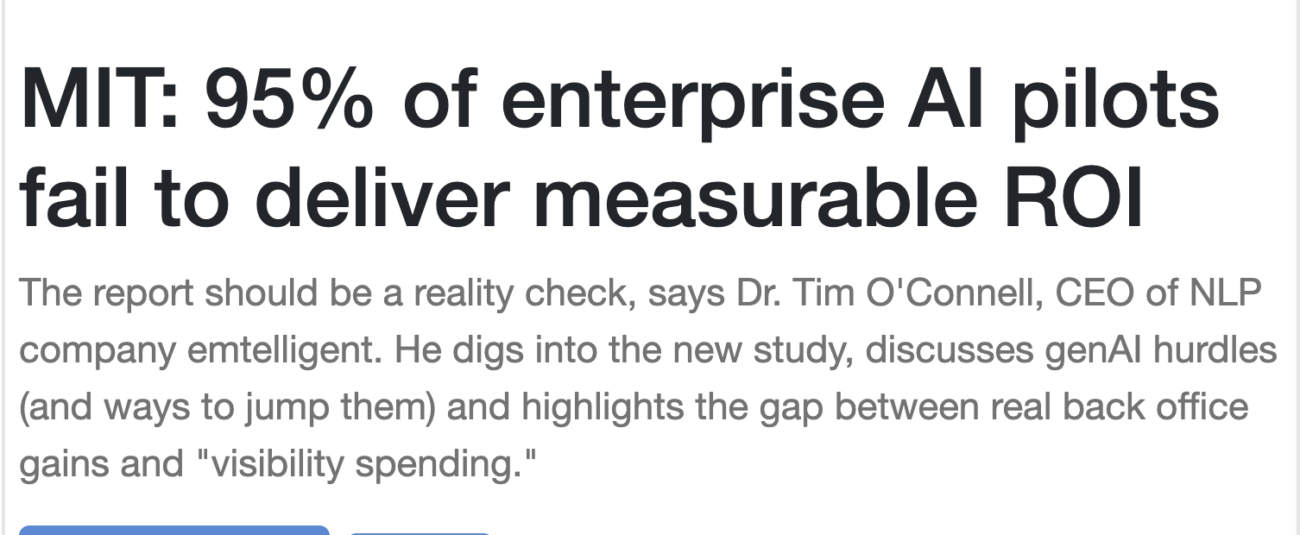In the first article in this series, I discussed the evolution of healthcare coverage for a large part of the US population, previously uninsured, over the last 15 years. While the number of the uninsured dropped precipitously after the passage of the Affordable Care Act and later with the expansion of Medicaid during the pandemic, it is set to increase again with the passage of the Big Beautiful Bill (BBB.) The new legislation will make may people who are currently covered by Medicaid ineligible and add requirements for the eligibility of millions more. This will go into effect starting in 2027 and thus healthcare providers have about 18 months to prepare for the coming changes. Most of these organizations are making plans already to adjust service levels and restructure their workforce.
According to a recent research survey by KLAS, most healthcare executives see the changes to Medicaid and reimbursement changes as negative developments for their organizations. This is on top of the on again and off again tariffs that could also mean higher input costs and squeezed margins. A 2024 McKinsey paper indicates that the health system margins have decreased in the aftermath of the pandemic so the new policy developments can be extra problematic. “The biggest impacts are going to be if Medicaid funding is cut and also the tariffs . . . We will have more people [who] can’t pay for their care. We have the federal cuts, and then we have the state, who has put in some state mandates about financial assistance. The state says we can’t pursue patients. So the federal government says they are going to cut insurance, and then there is no way to force patients to pay, and there is no funding to cover the expenses,” a vice president with a small health system said in the survey report.

As the statement from the health system executive shows, these institutions are now facing an uncertain and difficult set of choices. As the number of patients who can’t pay for their care increases drastically, the amount of bad debt for healthcare organizations will explode. Given their limited ability to collect on this debt, they face tough choices in terms of their services or staffing. This, in turn, will mean less access to services for patients and higher costs since these providers will need to raise their rates to cover for the unreimbursed care they provide. This will be particularly problematic for providers in geographies with high percentage of Medicaid patients. According to Fitch Ratings, Tariffs, presidential executive orders and proposed regulatory changes related to healthcare policy also will pressure industry cash flows.
Executive orders have called for cuts to the National Institutes of Health and other federal scientific research funding, changes to the 340B drug program, site neutrality, and additional acute care provider administrative requirements related to Medicaid eligibility. Higher tariffs present challenges for operating costs and capital spending. When citing negative impacts from federal policy changes, 19% of healthcare delivery organization executives cited 340B reform, 15% cited reductions in grants and research funding, 13% cited tariffs and 7% mentioned site neutrality, according to the KLAS survey. The report indicates that workforce restructuring is the top strategy that these organizations are considering. This, of course, comes at a time when most organizations are suffering from a shortage of human resources. In fact, shortage of human resources is the number one issue facing these organizations and the pending changes promise to make this a much more severe problem.
Other strategies under consideration include capital and discretionary spending cuts (18%), strategic service and operational realignment (17%), value-based care and reimbursement strategies (17%), revenue growth and external funding (15%) and balance sheet/reserve leveraging (14%). Five percent of respondents cited technology investments and automation. As you can see, while technologies like AI are showing for the first time in history that there could be significant automation possible in healthcare delivery and medical research, only 5% of the respondents mentioned technology investments as a strategy under consideration. This could be due to the fact that buying and implementing these technologies not only cost money but the institutions need to invest in developing the expertise to choose the right solutions and implementing them. This creates a paradox where the long-term solution to the problems of staff shortage is technology but the pending financial problems may mean cutting back in investments in technology. As such, not only can these cuts result in short-term problems but may also have an adverse effect on the long-term issues of access and quality.
One of the issues that the survey clearly communicates is that one of the most feared consequences of all of this could be the quality of patient experience. Medical centers will be cutting back on important service lines that are poorly reimbursed. These include palliative care, hospital-at-home, and lower margins primary care services. Medical practices can implement more strict financial rules for their patients to keep their balances low and many will stop seeing Medicaid patients due to reimbursement cuts.
As mentioned earlier, tighter budgets could mean lower technology investments. It can also mean more judicious spending on technologies that show fastest ROI. In an environment like this, fast ROI may be even more important than high ROI since the financial pressures may limit the organization’s ability to wait for a long time to see ROI on their IT investments. AI is the number one technology area eyed for investment by the survey respondents, probably due to its immense promise to increase staff productivity and improve efficiency. Easing of the administrative burden is the top use cases that executives are targeting for their AI investments.

Other key strategies for providers to stabilize their financial future in light of the coming changes include the examination of their contracts with payers and shifting their payer mix. For many, this will mean a change in their medicare advantage or value-based contracts. Arrangements that offer revenue stability such as capitation can be more attractive now. Providers will double down on initiatives that will maximize their performance in existing contracts so they can get the most dollars back from the payers.
All of this adds up to an uncertain and difficult times ahead for those who provide healthcare to all of us. For my money, I think strategic investments in technologies that can improve the ability to serve more patients (more revenues) and cut down on administrative costs (lower expenses) would be the most effective strategy. Thanks to the rapidly expanding capabilities of generative AI, this is becoming increasingly possible. McKinsey estimates that as much as 43% of the healthcare delivery activities can be automated by Gen AI.





